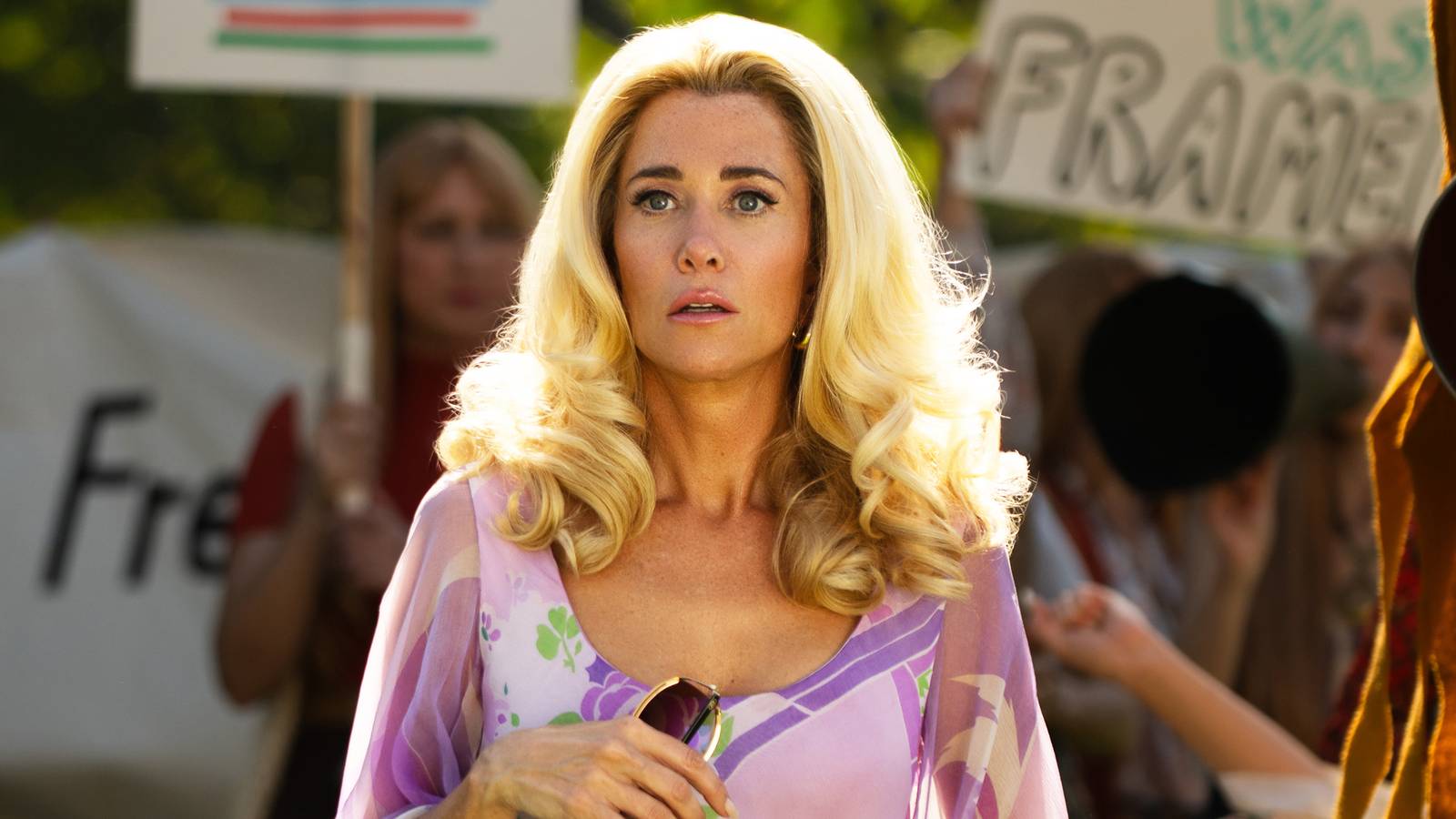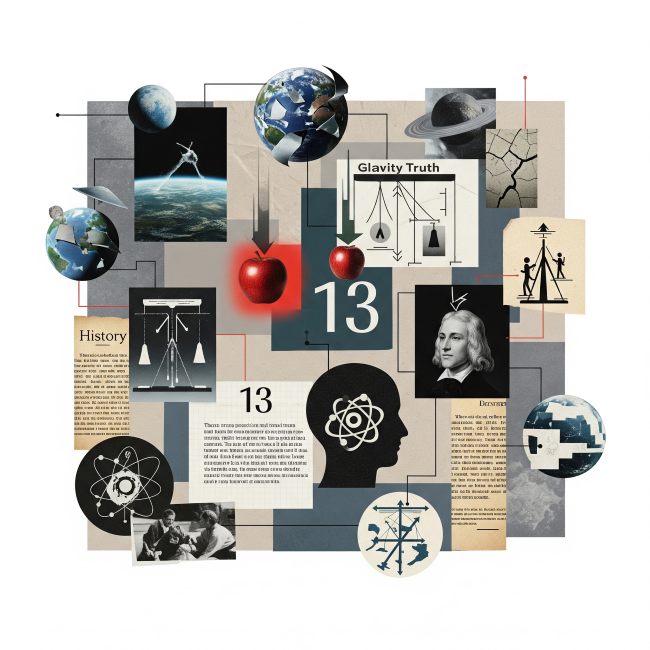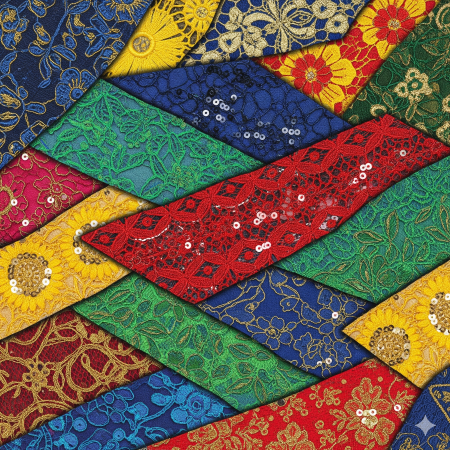The Floating Solar Farm of Ghana

As the demand for clean and sustainable energy grows across Africa, Ghana has emerged as a leader in innovative renewable energy solutions. One of the most significant recent developments is the country’s investment infloating solar farms, an approach that places solar panels on water bodies instead of land.
The Black Volta River Project: West Africa’s Largest Floating Solar Installation
In 2025, Ghana commissioned West Africa’s largest floating solar farm, a 5 megawatt (MW) installation located on the Black Volta River.
Ghana’s 5 MW floating solar farm on the Black Volta River can power approximately 13,000 to 16,000 households annually.
Developed and engineered by Ghanaian professionals, this project reflects the country’s commitment to both renewable energy development and local innovation. By installing solar panels on the surface of the river, Ghana is taking full advantage of its natural water resources to produce clean electricity without consuming land.
Alignment with Ghana’s National Energy Goals
This floating solar farm supports Ghana’s National Energy Plan, which aims to increase the share of renewable energy to 10% by 2030. The project directly contributes to this goal by:
Expanding the country’s renewable energy capacity
Reducing dependence on fossil fuels
Promoting energy diversification
By leveraging floating solar technology, Ghana is demonstrating how sustainable development and energy policy can work hand in hand.
Key Benefits of the Floating Solar Approach
Ghana’s Black Volta River project showcases the unique advantages of floating solar systems, including:
Optimized Land Use: By using water instead of land, the solar farm preserves valuable agricultural and residential land.
Improved Panel Efficiency: The cooling effect of water increases solar panel performance, generating more electricity per panel.
Water Conservation: The panels provide shade over the river, helping to reduce evaporation—a critical benefit in water-scarce environments.
These combined advantages make floating solar technology especially suited to countries like Ghana, where both energy expansion and resource management are priorities.
Empowering Local Innovation and Engineering
Image Credit: Citi News Room
One of the most promising aspects of Ghana’s floating solar farm is that it was engineered by Ghanaian professionals of the BUI Power Authority. This not only ensures the project’s relevance to local conditions but also promotes skills development and technical capacity within the country. As Ghana continues to expand its clean energy infrastructure, investing in local talent will be key to long-term sustainability and economic empowerment.
Conclusion: Pioneering Renewable Solutions in West Africa
Ghana’s floating solar farm on the Black Volta River marks a major step forward in the country’s clean energy journey. As West Africa’s largest floating solar project, it reflects Ghana’s commitment to innovation, sustainability, and energy independence. With its many benefits from land conservation to improved efficiency, floating solar technology offers a powerful tool for meeting national energy goals. Ghana is not only adopting this solution but leading by example, inspiring other nations across Africa to explore this promising renewable energy path.
Cover Image Credit: BUI Power Authority
You may also like...
Super Eagles' Shocking Defeat: Egypt Sinks Nigeria 2-1 in AFCON 2025 Warm-Up

Nigeria's Super Eagles suffered a 2-1 defeat to Egypt in their only preparatory friendly for the 2025 Africa Cup of Nati...
Knicks Reign Supreme! New York Defeats Spurs to Claim Coveted 2025 NBA Cup

The New York Knicks secured the 2025 Emirates NBA Cup title with a 124-113 comeback victory over the San Antonio Spurs i...
Warner Bros. Discovery's Acquisition Saga: Paramount Deal Hits Rocky Shores Amid Rival Bids!

Hollywood's intense studio battle for Warner Bros. Discovery concluded as the WBD board formally rejected Paramount Skyd...
Music World Mourns: Beloved DJ Warras Brutally Murdered in Johannesburg

DJ Warras, also known as Warrick Stock, was fatally shot in Johannesburg's CBD, adding to a concerning string of murders...
Palm Royale Showrunner Dishes on 'Much Darker' Season 2 Death

"Palm Royale" Season 2, Episode 6, introduces a shocking twin twist, with Kristen Wiig playing both Maxine and her long-...
World Cup Fiasco: DR Congo Faces Eligibility Probe, Sparks 'Back Door' Accusations from Nigeria

The NFF has petitioned FIFA over DR Congo's alleged use of ineligible players in the 2026 World Cup playoffs, potentiall...
Trump's Travel Ban Fallout: African Nations Hit Hard by US Restrictions

The Trump administration has significantly expanded its travel restrictions, imposing new partial bans on countries like...
Shocking Oversight: Super-Fit Runner Dies After Heart Attack Symptoms Dismissed as Heartburn

The family of Kristian Hudson, a 'super-fit' 42-year-old marathon runner, is seeking accountability from NHS staff after...






